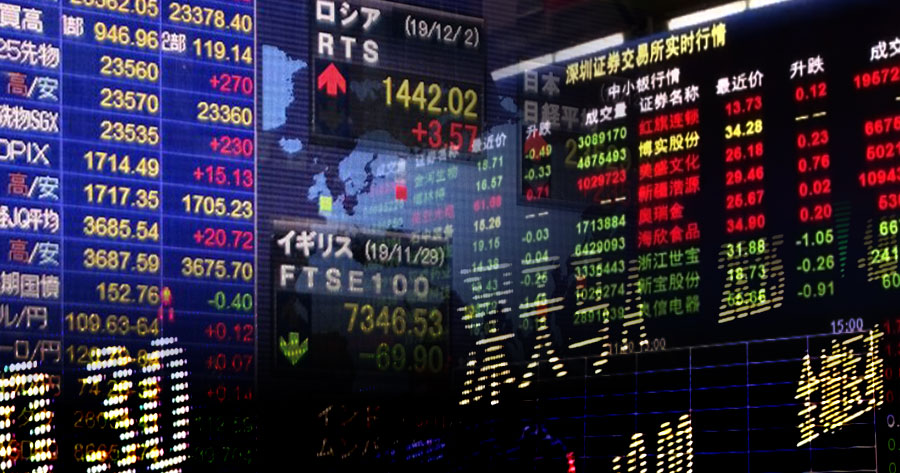Friday’s trading in Asia and the Pacific was negative as renewed concerns that the US central bank will maintain its monetary tightening course was fueled by economic data and hawkish comments from Fed members.
In Australia, the S&P/ASX 200 slid 0.66% as of 9:23 a.m. (Thai time), following remarks by Reserve Bank of Australia governor Philip Lowe in which he warned of the dangers of inflation and suggested that further rate hikes may be forthcoming.
The Kospi in South Korea fell 0.75%, while the Nikkei 225 in Japan dropped 0.54% at the opening bell.
The Chinese market likewise dropped at the opening. As the country’s 2022 census and unemployment numbers were made public yesterday, the Hang Seng index dipped by 0.55%. Meanwhile, mainland China saw a loss of 0.14% on the Shanghai Composite.
U.S. Labor Department data released Thursday showed a jump in monthly producer prices in January, while a second report showed an unexpected drop in new claims for jobless benefits last week.
US interest rates are expected to reach a high of 5.28% in July and stay over 5% until the end of the year, according to current market pricing.
On Thursday, two Fed members acknowledged the central bank probably should have raised interest rates more than it did at the beginning of this month and cautioned that further increases in borrowing costs are required to bring inflation back to desirable levels.
As the U.S. producer price index (a gauge of what raw products fetch on the open market) rose 0.7% for the month, the largest increase since June, stocks slumped on Wall Street overnight. The three major indices went down, with the Dow Jones Industrial Average dropping 1.26 points, the S&P 500 losing 1.38 points, and the Nasdaq Composite down 1.78 points.
January was the fourth consecutive month of decline for Singapore’s non-oil domestic exports, which dropped by 25% on an annualized basis. Following an initial drop, the Straits Times index has rebounded to trade 0.38% higher.
Later today, Thailand will announce its GDP growth for the fourth quarter.





